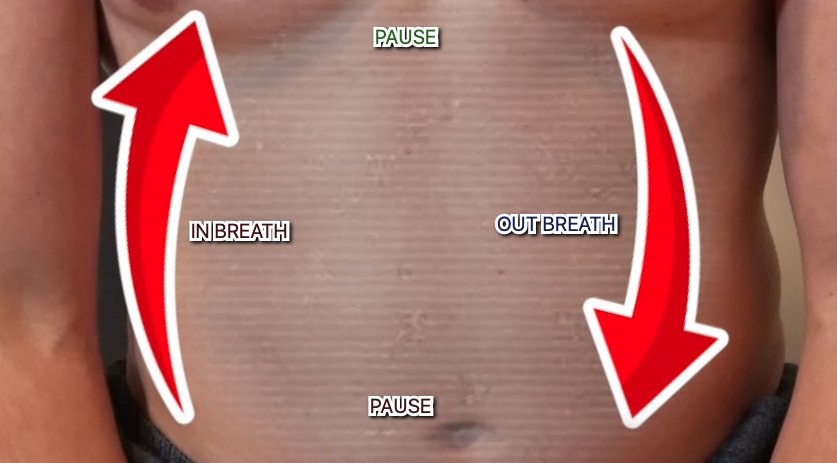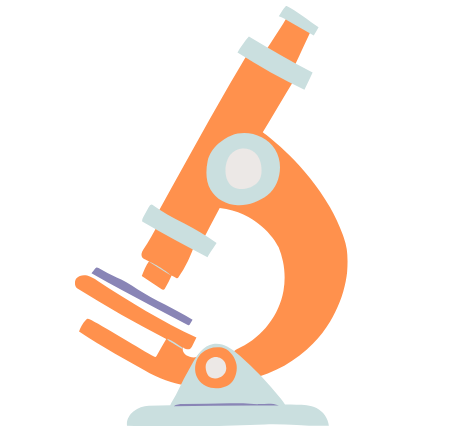You don't have to be a monk in the Himalayas to know how to get into deep meditation rapidly.
Rather, all you need is a repeatable 4-step process for each meditation sit that we'll walk through step by step.
The result: dramatically increased meditation quality and (usually) tranquility to augment any meditation practice.
If I read this post before going on multiple 10-day meditation retreats/practicing daily for 2 hours I honestly believe I would have advanced with my meditation MUCH further.
Here's the process at a glance.
- Become embodied/grounded
- Set a clear intention for the meditation sitting
- Develop continuity of focus on the breath
- Develop completeness of attention on the breath.
While there are many ways to increase concentration, this method utilizes breathing meditation as it is the most common.
All of this takes anywhere from 5–10 minutes. I promise you that if this process is applied, it will immediately help you get into deep meditation.
HOW TO GET INTO DEEP MEDITATION PART 1: BECOMING EMBODIED/GROUNDED:
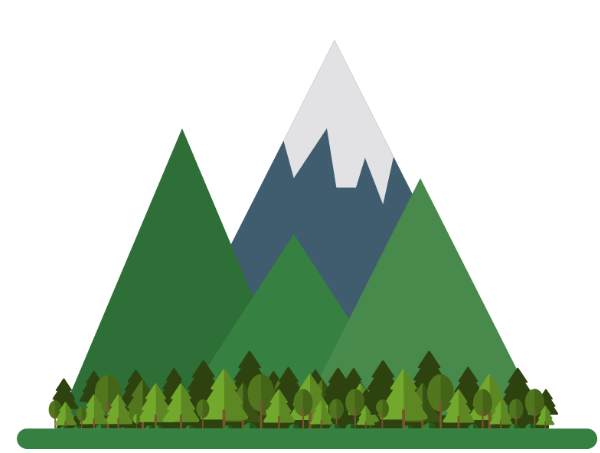 When we go about our day it’s easy to become floaty and un-grounded. If left unattended before beginning meditation we may remain this way for the majority of our sit. As a result, our concentration will suffer.
When we go about our day it’s easy to become floaty and un-grounded. If left unattended before beginning meditation we may remain this way for the majority of our sit. As a result, our concentration will suffer.
Therefore, please DO NOT underestimate becoming embodied!
Here are a variety of ways to ground yourself.
- Take several Deep Breaths.
- Come into contact with the sensations sitting.
- Listen to the sounds around you.
The easiest way to get into the meditative state, is to begin by listening. - Alan Watts
The goal is to drop out of your head and into the body to begin inclining the mind toward meditation as opposed to what you have to do throughout your day.
Do this for as long as it takes to become grounded.
A rule of thumb would be 1 minute.
If you’ve had a rough day it may even take up to 10 minutes, or longer!
PART 2: SETTING A CLEAR INTENTION:
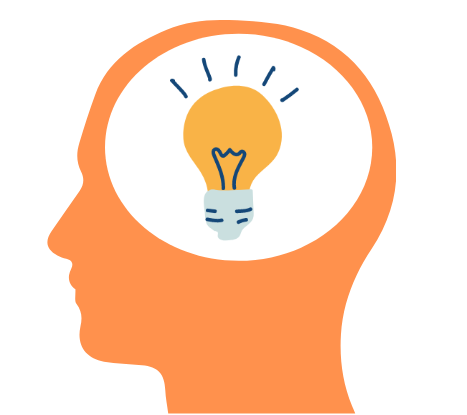 Another tragically under-apprecaited thing to do in meditation is setting an intention.
Another tragically under-apprecaited thing to do in meditation is setting an intention.
When we set an intention, we chart the course for our meditation rather than aimlessly drifting.
Such a simple thing that has massive implications for the remainder of the meditation in terms of increasing concentration but also toward awakening!
An example of an intention might be:
In this meditation sitting, I intend to focus on the breath fully and completely as to deepen my concentration, avoiding the temptation to give into distractions.
OR
In this meditation sitting, I intend to practice for the benefit of myself and for the benefit of all beings.
By doing so, unconscious processes now align that help keep us on track for an improved sitting and also raise the bar high for our practice.
We’re not here to mess around in this sitting.
We’re doing this not just for ourselves - but for the benefit of others.
Best not mess around and keep giving into daydreaming!
PART 3: CONTINUITY OF FOCUS:
Here’s where the magic happens.
I’m going to link my video on how to do this as I include some visual elements that help understand how to do this more effectively.
Skip to 03:13 to jump past becoming embodied/setting an intention and watch from then on.
Alternatively, keep reading.
Draw your attention to a meditation object like the breath at the nostrils or at the belly. I’d recommend doing deep Belly Breathing.
Deep belly breathing is great as it relaxes the mind by generating pleasant sensation.
Science backs this too, awesome! (Paper 1, Paper 2, Paper 3).
But any object of meditation works. If you use the breath at the nostrils, that’s just fine. Use that.
One cycle of breath includes:
What we want to do is maintain contact with the SENSATIONS of breathing at ALL times throughout each breath cycle to ensure that the mind relaxes and becomes concentrated.
Not to continuously give into distracting thoughts and desires, but to give this our FULL attention. Remember, your intention will help with this.
Here’s a secret that not many will tell you though.
It’s very easy to get distracted and succumb to getting lost in thought at each pause of the breath as not much is happening here.
To negate this, we’re going to direct our attention to SOME form of sensation on the body during the pause. What I’ve found effective is to make my attention broad as to come into contact with all of the sensation in the entirety of the body.
Visually, this might look as follows.
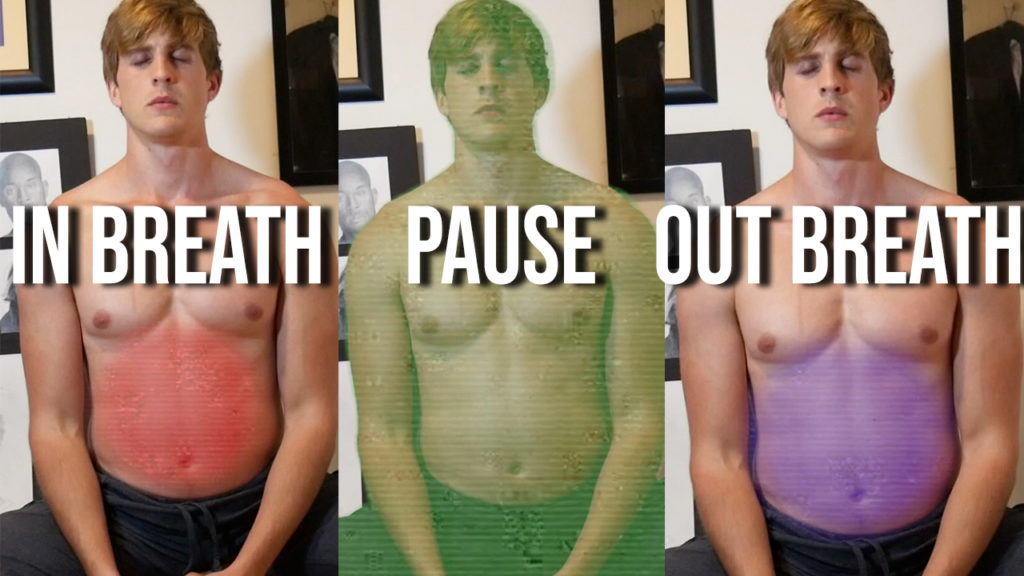 Paying this much attention to the breath cycle will immediately help to skyrocket your concentration and calm down the mind.
Paying this much attention to the breath cycle will immediately help to skyrocket your concentration and calm down the mind.
But we’re not done yet!
We can take this even further..
PART 4: COMPLETENESS OF FOCUS:
The mind is sneaky.
Once we’ve developed continuity of breath, it might begin to spread from full attention on the breath to 2/3 of the attention on breath and the other 1/3 on a distraction.
This is known as Partial Staying. Unless we address it, 1/3 of our attention on distraction may quickly become 3/3.
But fortunately there are strategies to mitigate this.
And here’s exactly how we do it.
What we now want to do is to pay much closer attention to the subtlest sensations that arise through the act of breathing.
The Expansion, Contraction, Tightness, Pleasantness, Blood and Gutsy feeling of belly breathing. AS MUCH AS WE CAN CONSCIOUSLY PERCEIVE.
As an analogy, imagine running your hand though over a rough carpet. Imagine there’s sand, sticks, twigs, goop, all sorts of bits and bobs that create a really intricate texture.
That is the level of sensate clarity we can come too. Noticing the subtlest of sensations through the cycle of breathing.
So fine grained that there is no processing power left to give into distraction.
Not so intensely focused that we’re squinting our eyes and disgruntling our face. Sort of like tuning a guitar, we do this with a level of focus that doesn’t agitate the mind.
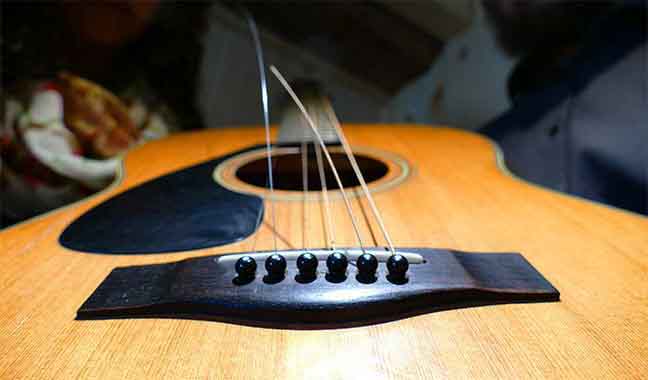
From this hyper concentrated place, you can either continue to meditate like this or carry on to another technique of meditation having now become extremely focused.
I hope this helped you increase your concentration in meditation.
I know it would of for me.
Again, here is my video that walks though the exact process of how to get into deep meditation step by step with an advanced tip at the end that I don’t talk about here to go even deeper.
Best of luck with practice.
Sam.


